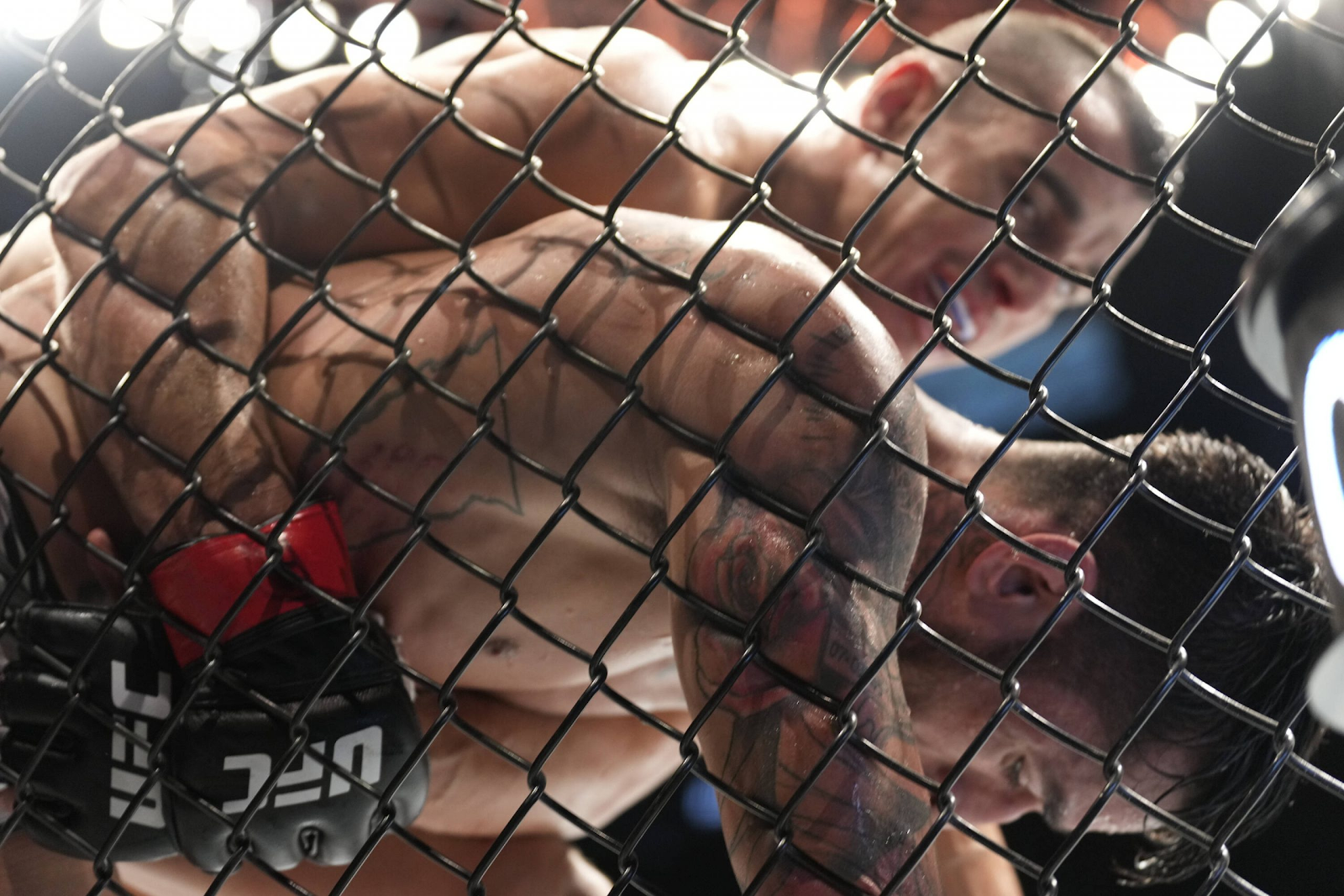A few stats.
·
93% of UFC matches utilize the cage for
striking, control, or takedown assistance.
·
Well over 90%. What’s that? The percentage
according to a Law Enforcement survey of scuffles from control-to-cuffing that also
place obstacles [from curbs to cars to walls, etc.] as being part of the combat
environment.
·
An analysis of over 250 firsthand accounts
of Eastern Frontier Early American Warfare [settlers vs. Indigenous population]
that took place inside cabins or garrisons shows that 202 of these accounts
mention the construct of the cabin/garrison itself as being part of the melee.
From the true Frontier rough n tumble realties of garrison
survival, to modern law enforcement interactions, to the current incarnation of
combat sports—the “Pressed Upright” environment is not only a large part
of the combat picture, it is a statistical likelihood.
The Puzzle of Ignoring the Reality
A loose survey of martial arts instructional training
[and my own anecdotal observations] reveals that most training
is conducted along the lines of Early European “Open Field of Battle” conditions.
That is, an open gym floor or mat free of
obstructions.
The very word “field” is brought to us from this
Continental “demand for order” that is non-reflective of reality.
A Field, specifically speaking, is not a meadow or
pasture.
It is a designated area for battle or sport, hence the
compound words battlefield, playing field, football field, soccer field etc.
The Continental Way of War up until the embarrassing revelations
in the Wars in the Colonies was open land—where strategies could be “planned”
by minds at a remove from the battle, and troops moved like chess pieces.
[See any histories of The Napoleonic Wars for insight
into this phenomenon. Or for a brisk fictional delving into this area see any
of Bernard Cornwell’s bracing Richard Sharpe novels which accurately portray
this mindset.]
Early American colonists were introduced to the ambush
“the skulking way of war” that decimated martial “field theory.”
Part of the skulking way was close-quarters battle [actually,
closed-quarters as it is a word borrowed from early naval hand-to-hand
warfare in which below decks action was conducted in cramped conditions. Simply
calling it “close-quarters” perverts the history and actual definition of the
early ones who applied the word correctly and accurately.]
The early colonists became adopters of this manner of warfare,
and it led in large part to the defeat of good Continental Field of Play
Warriors on the large scale.
Modern Warfare, being a pragmatic endeavor, adopted
the skulking way and we see this reflected in special forces operations the world
over.
One no longer sees rank and file marching into open
battle fields.
That way is done—for good and deadly reasons.
Where we do see it persist is in sport [even many
combat sports.]
The closer a combat sport moves to reality or the more
a street prep combat system attempts to model reality the more it will incorporate
upright structural fighting [both offense and defense.]
Any sport/art/system that spends the majority of its
time in open field play [open mat-gym floor] is ignoring the reality of the
street, cage, and garrison.
In Garrison fighting Volume 1 we delve
into tactics from early American Garrison Fighting and see how they hold true
for today’s street and cage-fighting.
It covers-
·
The 11 Principles of Back to the Wall
Fighting. [Defense]
·
The 14 “In the-Press Principles [Offense]
·
8 Solo Drills to Jump Start your Garrison
Fighting.
And, of course, beaucoup tactics for both sides of the
equation: Controlling the Press and the defensive side of “Back to Logs.”
·
My sports cadre will find much of value
for cage-fence fighting.
·
My street cadre will find much to love for
alley or club wall fighting.
·
My frontier rough n tumblers, well, you’ll
be in hog-heaven.
Garrison life was a necessary evil in the Early
Eastern Frontier [much more history regarding this “necessary evil” will be
released over the month of August.]
Garrison Combat was its own beast—be it manning a
loophole with a Kentucky Rifle or knowing how to wield a tomahawk as well as a
frontier woman in the press of an overrun, or fighting hand-to-hand with little
headroom or back to the logs or vice versa—it was all a beast that does not
duplicate or replicate in open gym floor tactics.
For more on Garrison Fighting 1 or to get right
to it and order to train the old school way for the real-world conditions of
today. Hit the Link.
PS-You can save yourself
some money if you consider joining The Black Box Brotherhood SubscriptionService.
Resources for Livin’ the Warrior Life, Not Just
Readin’ About It



Comments
Post a Comment